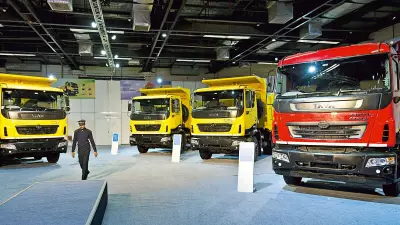
India's banking giant, State Bank of India, has announced an ambitious two-year timeline to completely overhaul its core banking infrastructure. The massive digital transformation aims to position the country's largest lender for the future of banking.
The Four-Axis Modernization Strategy
Speaking at the prestigious Singapore FinTech Festival 2025, Ashwini Kumar Tewari, Managing Director of Corporate Banking & Subsidiaries, revealed the bank's comprehensive approach. He detailed what he termed as a "four-axis strategy" that will guide the entire modernization process while ensuring operational continuity and maintaining customer trust.
The strategic framework encompasses hardware upgradation, open-source migration, hollowization, and microservices implementation. This multi-pronged approach addresses both the technological backbone and the architectural framework of SBI's banking operations.
Hardware Transformation and Infrastructure Upgrade
SBI is undertaking a complete overhaul of its hardware backbone by upgrading data centers and server infrastructure. This critical upgrade will enable the bank to handle significantly higher transaction volumes and support real-time analytics capabilities.
The bank is building a scalable computing foundation designed to support uninterrupted digital banking services. According to Tewari, this infrastructure enhancement will enable faster processing speeds and improved reliability for operations powered by microservices, private cloud, and artificial intelligence technologies.
Embracing Open-Source and Future-Ready Systems
In a significant shift from proprietary systems, SBI has begun migrating from Unix to Linux platforms. This strategic move allows for better interoperability and seamless integration with fintech platforms while reducing dependence on legacy vendors.
The open-source framework offers multiple advantages including greater flexibility, faster security patching, and enhanced system security. This transition supports SBI's long-term modernization goals and positions the bank to rapidly adapt to emerging technologies and partnerships in the financial ecosystem.
The two-year modernization initiative represents one of the largest banking infrastructure transformations in India's financial history. When completed, SBI customers can expect more reliable, faster, and technologically advanced banking services that compete with global standards.





